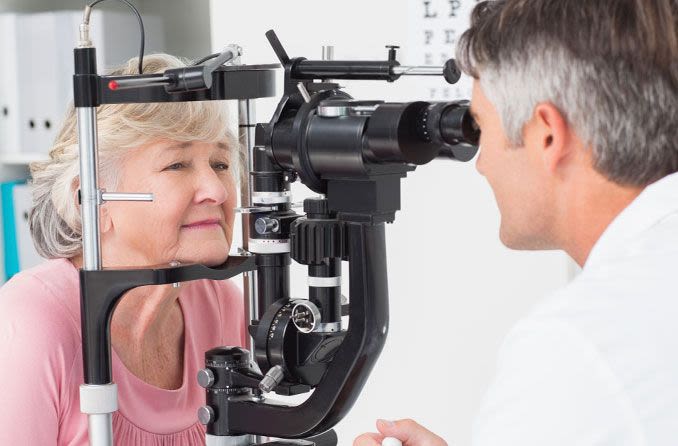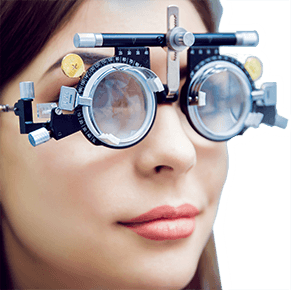Sight-saving tests for older eyes

Many people don't realize how untreated, age-related eye changes can harm vision and, eventually, their entire quality of life.
Outcomes can be devastating when an older person waits too long for an eye exam.
Here are some important reasons why annual eye exams are important, especially when you become an older adult.
Eye tests for older people
You should have these important eye and vision tests performed by an eye doctor on a regular basis:
Eye pressures
Dilated retinal examination
Slit lamp (microscope)
Each test gives your eye doctor essential information about the health of your eyes and how your vision is performing.
Eye pressure testing (tonometry) is one of the ways your eye doctor will monitor your eyes for glaucoma, a leading cause of blindness.
Glaucoma usually has no symptoms until it becomes very advanced, at which point it's too late to save your vision. But if glaucoma is found early enough with proper testing, the eye disease can be treated effectively to preserve your vision.
Visual field testing is another way your eye doctor will check for glaucoma. This test also can help detect serious problems like brain tumors, aneurysms, strokes and other brain diseases, which often are more common in older people.
A dilated retinal examination is vitally important to your eye health. By looking through an enlarged pupil (or imaging the retina with a special laser instrument), your eye doctor can spot many health problems and diseases.
The pupil provides the only easily available window into the body. Here are some of the many benefits of an exam of the retina through a dilated pupil:
By looking for changes in the optic nerve, your eye doctor can tell if glaucoma is present.
By examining the most sensitive part of the retina (macula), your doctor will look for signs of macular degeneration.
Damage to the eye's arteries and veins (blood vessels) can give your eye doctor clues about the presence of diabetes, hardening of the arteries, high blood pressure, cholesterol damage and other blood diseases.
During your eye exam, your doctor will perform a slit lamp examination of your eyes with a high-power biomicroscope to carefully inspect the structures of the anterior (front part) of your eyes to look for conditions such as dry eyes, corneal dystrophies, pingueculae and pterygia (lumps and bumps on the sclera and cornea), eyelid disease, cancerous changes and other abnormalities.
With an additional small (often hand-held) lens, the slit lamp also can give your eye doctor a magnified, 3D view of the retina and other structures in the back of the eye.
A refraction is the procedure to determine your prescription for eyeglasses. But changes to your glasses prescription also can indicate conditions including diabetes, cataracts, and thyroid problems. Eye doctors know these conditions can trigger certain, specific changes in your eyesight. For instance, diabetes can cause wild swings into nearsightedness, and thyroid problems can cause double vision.
Routine eye exams are an extremely important part of your health care. If you haven't had an eye exam in the past year, click here to find an eye doctor near you.
Page published on Thursday, January 23, 2020






